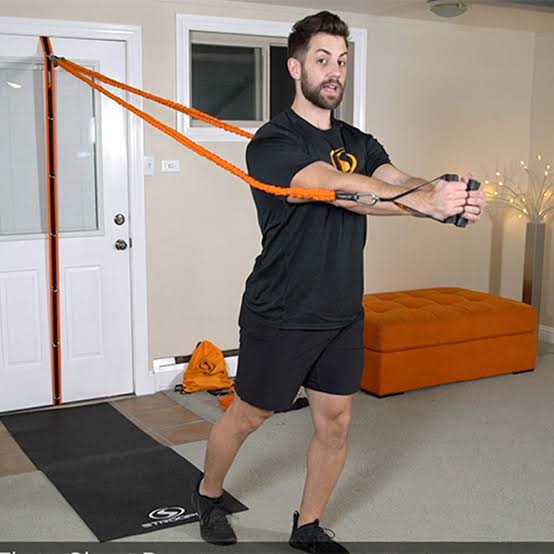Lifting Chalk vs. Lifting Straps: Which Is Better?

When it comes to lifting weights, the most crucial factor is your grip. as we become more advance lifter, I mean 2-3 years into lifting and your lifting heavier weights or higher repetition sets, most people realise that their grip strength could not keep up with their stronger body parts like legs, and back.
There are two proper solutions to this problem incorporating lifting chalk or lifting straps. But the question pops up in our mind is that which is a better alternative?
So firstly we have to go through pros and cons of each accessory. Then we’ll find out better alternative from lifting chalk vs. lifting straps.
Here’s a detailed comparison table between lifting chalk and lifting straps, So can understand easily:
| Feature | Lifting Chalk | Lifting Straps |
|---|---|---|
| Grip Support | Enhances natural grip strength by reducing moisture, allowing for a secure hold on weights. | Provides significant grip assistance for heavy lifts, transferring some of the load from the hands to the straps. |
| Convenience | Quick to apply and remove; just a few seconds to dust hands before lifting. | Requires time to adjust and secure around wrists and the bar, which can be cumbersome during workouts. |
| Versatility | Usable for a wide range of exercises, including both pulling and pressing movements. | Best suited for heavy pulling movements like deadlifts, rows, and shrugs; less effective for pushing exercises. |
| Skill Development | Promotes grip strength development; encourages greater muscle engagement and stabilization. | May hinder grip strength development if relied on too heavily, as the straps do the bulk of the work for your grip. |
| Cleanliness | Can create a mess with chalk dust, leading to residue on equipment and the gym floor; some gyms restrict usage. | Generally cleaner; does not leave residue on equipment and is more accepted in gym environments. |
| Weight Limit | No weight limit; effectiveness relies solely on the user’s grip strength. | Allows for lifting heavier weights than you might manage without straps, as they help prevent grip failure. |
| Ideal Use Cases | Great for strength training, competitions, and high-rep exercises where grip is crucial. | Perfect for powerlifting, heavy lifting sessions, and exercises where grip fatigue is a limiting factor. |
| Learning Curve | Easy to use; minimal skill required to apply and benefit from it effectively. | Requires some practice to properly secure and utilize effectively, especially for beginners. |
| Durability | Generally long-lasting if stored properly, but can break down with excessive use or moisture. | Often made of durable fabric; can wear out over time but usually lasts for many sessions with proper care. |
| Availability | Widely available in fitness stores and online; often sold in small blocks or bags. | Available in various designs and materials, from basic to specialized straps designed for specific lifts. |
| Price | Typically low-cost; a small investment for a substantial benefit in grip support. | Prices vary; can range from budget-friendly options to more expensive, specialized straps. |
| Potential for Overuse | Less risk of overuse, as users generally switch to other methods if grip fails. | Potential for over-reliance; users may neglect grip strength training if they depend on straps too much. |
Conclusion
In summary, lifting chalk and lifting straps serve different purposes but when it comes to the comparison I think lifting straps are far better. Before I got lifting straps I was using chalk only but when I added straps no joke I literally lifted 20kg extra weights on the deadlift. Chalk is great for gripping a lot of my forearms are still playing a role while hitting my back or leg muscles. You can use them according to your accessibility, investing in good-quality straps is a great investment for long term.



![Why You Need a Mini Fan for Your Gym Workouts [My Honest Advice]](https://gymaccessories.online/wp-content/uploads/2024/08/IMG_2749-edited-768x576.png)


